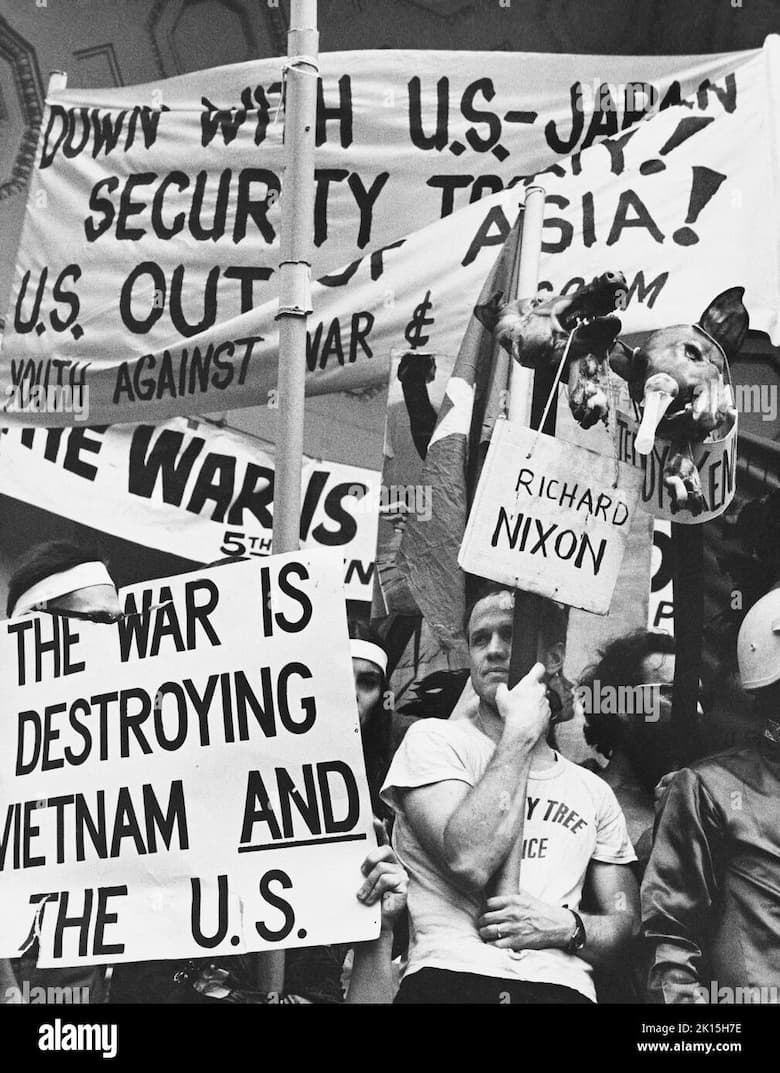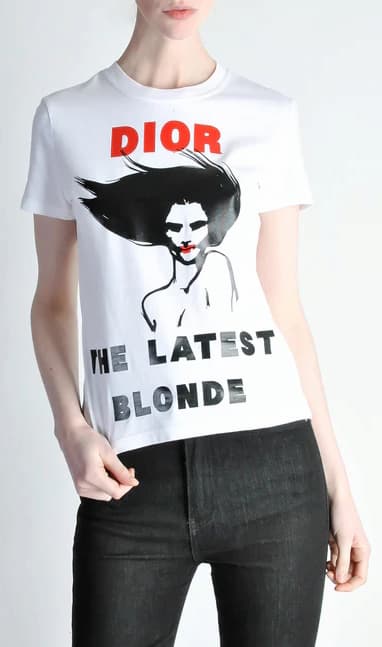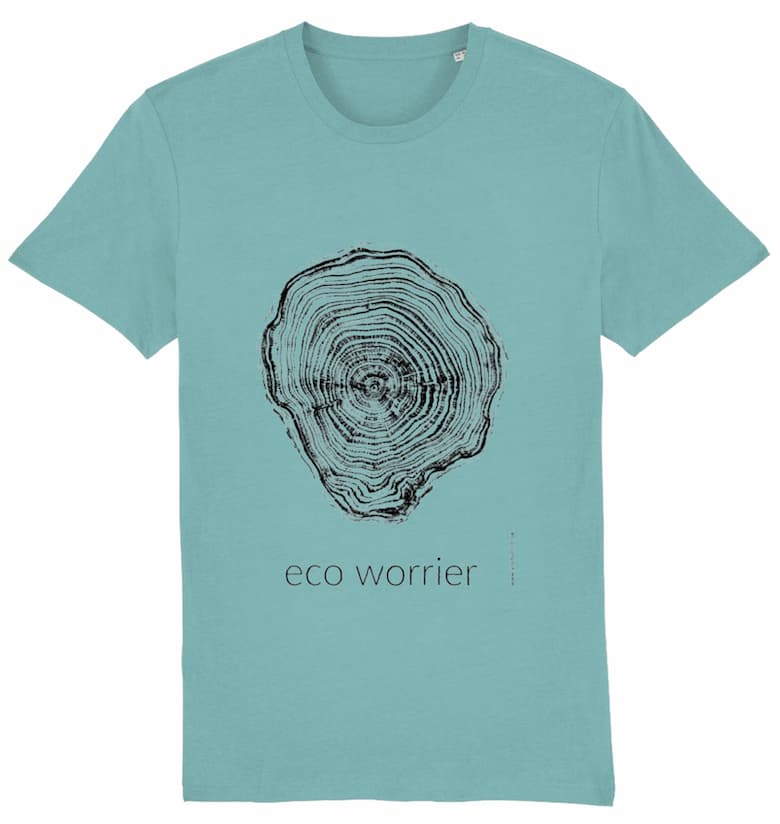Search Results

19 February, 2024
The Evolution of Promotional Apparel: A Look Back in Time
Promotional apparel has long been a mainstay in the marketing world, serving as a versatile and effective means to build brand awareness. Yet, like all forms of advertising, it has evolved over time, shaped by shifts in culture, technology, and consumer preferences. We will journey back in time to trace its history and evolution, exploring its roots and analysing its transformative journey up to the present day.
The Origins: Pre-20th Century Beginnings
While many people might think that promotional apparel is a relatively modern development, its roots can actually be traced back to earlier centuries. The concept has evolved significantly, of course, but the fundamental idea has always been the same: using clothing as a medium for brand identification and promotion.
In the medieval period, artisans and merchants regularly employed apprentices and servants to help with their trades. These workers were often given uniforms that bore the emblem or colours of their master's enterprise. This served multiple functions. Firstly, it created a sense of unity and cohesion amongst the staff, making it easier to identify who worked for which merchant. This was particularly useful in bustling markets and fairs, where many vendors vied for prospective customers' attention.
Secondly, these uniforms acted as a walking advertisement. Just as a modern polo shirt emblazoned with a company logo makes a statement, so too did the embroidered tunics and waistcoats of yesteryear. As apprentices and servants went about their tasks, whether it was fetching water, delivering goods, or simply being present in the marketplace, their attire drew eyes and attention to their masters' businesses.
In the 17th and 18th centuries, as trades became more specialised and markets expanded, the concept of branding became more important. It took on a more elaborate form, incorporating intricate embroidery and even luxurious materials to signify a particular business's prestige or high-quality offerings. Tailors, for example, might dress their apprentices in garments showcasing their finest work, thereby using their products as the best form of advertisement.
Moving into the 19th century, the Industrial Revolution introduced mass production techniques that made it easier and more cost-effective to produce branded apparel. During this time, companies started to realise the power of brand recognition on a larger scale. Railway companies, factories, and other large enterprises began issuing uniforms to their staff not just for identification and cohesion, but with the explicit intent of promoting the brand itself. Logos and company names became more prominent, setting the stage for the promotional apparel industry as we know it today.
The 20th Century: The Birth of Modern Promotional Apparel
1) The 1920s to 1950s: Humble Beginnings
The early-to-mid 20th century was a seminal period for developing modern promotional apparel, with the T-shirt emerging as a pivotal element. While the concept of using clothing for advertisement had been around for centuries, adopting the T-shirt for this purpose heralded a new era in promotional strategies.
One of the first instances that catapulted the T-shirt into the promotional limelight was its use in the 1939 classic film, "The Wizard of Oz". The film's promotional T-shirts were among the earliest examples of how a simple piece of clothing could be used to generate interest and excitement for a product, in this case, a cinematic experience. It wasn't just a T-shirt but a wearable piece of memorabilia, a physical representation of a cultural phenomenon.
As technology advanced, specifically with improved screen-printing techniques, they became more accessible and cost-effective. During the 1940s and 1950s, companies started recognising their utility as a promotional tool. The ease with which logos and slogans could be printed on the fabric allowed for a broad range of customisation options, making it an ideal choice for various industries.
They were commonly distributed at public events like fairs, sporting events, and concerts. They served not only as a giveaway item but also as a form of crowd engagement. When hundreds or even thousands of people wore the same T-shirt, it created a powerful visual impact that was hard to ignore. The phenomenon gave new meaning to the phrase "walking advertisement," as each individual wearing one became a mobile billboard, endorsing a particular brand or event.
Furthermore, companies began including them as giveaways in product packages. For example, if someone purchased a certain quantity of a product, they might receive a free one as a 'thank you' from the company. This strategy served dual purposes: it incentivised purchases and also ensured that consumers would become brand ambassadors whenever they wore the shirt.
However, it wasn't just corporations that adopted this trend. Charities, political campaigns, and social movements also began to see the value in them. They acted as a unifying symbol for causes, making it easier for individuals to identify allies and supporters. During this period, the T-shirt it transcended its role as a mere promotional tool and began to take on social and cultural significance.
Overall, the period from the 1920s to the 1950s was transformative for promotional apparel, particularly T-shirts. What started as a novel idea soon became a staple in the toolkit of marketing and public relations, demonstrating the far-reaching impact and versatility of a simple piece of fabric
2) The 1960s and 1970s: The Age of Activism

The decades of the 1960s and 1970s were marked by profound social and political change, from the Civil Rights Movement and the anti-Vietnam War protests in the United States, to the Feminist Movement and anti-nuclear campaigns globally. The period was ripe for activism, and promotional apparel, particularly T-shirts, emerged at the intersection of commerce and cause.
The T-shirt evolved from merely a promotional item to a canvas for political slogans and artistic expressions. Phrases like "Make Love, Not War" or symbols like the peace sign were commonly featured, making the T-shirt a wearable manifesto. In this new capacity, it was not just advertising a brand; it was advertising a belief system. People donned them to protests, rallies, and sit-ins, publicly declaring their stance on contentious issues of the day.
Recognising their powerful resonance, brands began to adapt their promotional strategies. Companies started aligning themselves with social and political movements, realising their promotional efforts could carry more weight if they resonated with the values and concerns of the consumer. For example, a brand selling outdoor equipment might produce one advocating for environmental conservation.
Brands had to tread carefully, ensuring that their involvement with social causes was seen as genuine rather than opportunistic. There was a fine line between appearing as a socially responsible enterprise and being accused of co-opting a movement for commercial gains—a phenomenon now commonly referred to as "cause-washing."
The strategy also demanded a deep understanding of the brand's own identity. A misalignment between the cause and the brand could lead to a loss of customer trust. For instance, if a fast-food chain known for its unhealthy menu suddenly started promoting T-shirts with health-conscious messages, the attempt could backfire, appearing disingenuous to the consumer.
Nonetheless, when executed thoughtfully, this strategy proved highly effective. Consumers were more likely to remain loyal to brands that shared their values, and wearing one became as much a statement about personal beliefs as it was about brand preference. In essence, brands were not merely selling a product; they were selling a sense of belonging, a shared ethos that went beyond the material.
The influence of activism on promotional apparel in the '60s and '70s had a lasting impact, shaping how brands approach ethical considerations and social responsibility in their marketing strategies to this day. The era gave T-shirts a new layer of complexity and depth, intertwining commercial endeavours with the broader tapestry of social and political life. It was a period that forever changed the landscape of promotional apparel, demonstrating that a simple T-shirt could indeed be mightier than the sword.
3) The 1980s: Logo Mania

The 1980s marked a significant shift, evolving into an era best characterised as 'logo mania.' Gone were the days when a logo was merely an advertisement; in the 1980s, brand names and logos became badges of honour to be worn conspicuously and with a sense of pride.
One of the key catalysts for this shift was the entrance of designer labels into the promotional market. High-end fashion houses saw the potential of extending their brands through promotional apparel, and they did so with a touch of luxury. Instead of simple cotton T-shirts, consumers could now get their hands on silk scarves, cashmere jumpers, and even leather jackets emblazoned with designer logos. These weren't just promotional items; they were fashion statements in their own right.
The emergence of this introduced a new dynamic to the industry: the power of association. Now, wearing a logo didn't just signify alignment with a particular brand's values or products, but also signaled a form of social and economic status. People weren't just fans of brands; they were brand ambassadors, proudly showcasing their affiliations through their sartorial choices. This phenomenon was particularly prominent among young people, who used brand-name apparel to express individuality, build social capital, and fit into specific subcultures.
Companies swiftly grasped the magnitude of this trend and adapted their strategies accordingly. It wasn't just about slapping a logo on a piece of clothing anymore; it was about designing a stylish, desirable garment. They began collaborating with fashion designers, investing in higher-quality materials, and paying closer attention to the aesthetic elements of their products.
Importantly, this was also a time when the idea of the 'personal brand' started to gain traction. People began to see themselves as brands, curating their appearances, lifestyles, and even social media presences to reflect a carefully crafted image. In this context, it needed to align with a person's values and their personal brand. Wearing a particular brand became a way to express oneself, to tell a story about who you were or wanted to be.
However, this trend also led to some criticism and backlash. The conspicuous display of logos was viewed by some as materialistic and shallow. Moreover, questions arose about the ethics of such unfiltered brand loyalty, especially when it came to designer labels with dubious ethical practices.
Nonetheless, the 'logo mania' of the 1980s had a lasting impact on the promotional apparel industry, steering it toward a more nuanced understanding of branding. No longer was promotional clothing just a walking billboard; it was a walking identity, reflecting both the brand it promoted and the individual who wore it. The decade set a precedent for the sophisticated, multi-layered approach that we see today, where style, brand, and identity converge in a complex dance of consumerism and self-expression.
The 21st Century: Customisation and Sustainability
The dawn of the 21st century ushered in a new era, profoundly influenced by technological advancements in manufacturing and printing. The keyword for this epoch was 'customisation,' a development that drastically changed how brands and consumers approached promotional clothing.
Gone were the days when companies produced mass quantities of generic, one-size-fits-all promotional T-shirts or caps. Thanks to digital printing, embroidery, and even fabric technology advancements, brands could now offer highly customised and personalised products. The possibilities were virtually endless, whether it was a T-shirt featuring a consumer's name or a cap with an individual's favourite quote.
This degree of customisation achieved several objectives. Firstly, it added a layer of exclusivity, transforming them from generic giveaways to bespoke memorabilia. Secondly, it heightened the emotional connection between the brand and the consumer. A customised item, tailored to the individual's preferences or needs felt more personal and thoughtful, enhancing brand loyalty.
But the benefits weren't solely for the consumer; brands also found incredible value in this. It allowed for more targeted marketing strategies. For example, brands could produce limited-edition T-shirts for specific events or customer segments, making it more relevant. Moreover, the data gathered during the customisation process—such as customer preferences for colours, slogans, or even garment types—could be harnessed for future marketing campaigns, providing invaluable insights into consumer behaviour.
The rise of social media further amplified the power of customisation. People began sharing their unique items on platforms like Facebook, Instagram, and Twitter, serving as organic endorsements for the brands. Each post showcased the product and told a personalisation story, making the marketing message even more compelling. In a digital age where consumer attention is fragmented across multiple channels, highly personalised, shareable content provides brands with a competitive edge.
However, the trend toward customisation wasn't without its challenges. For one, the logistics of producing customised items on a large scale could be complex and resource-intensive. There was also the risk of over-personalisation, where it could become so tailored to individual tastes that it lost the broader appeal and visibility of the brand message.
Nevertheless, the trend indicated a larger shift in consumer expectations and brand strategies. In an age defined by the quest for individuality and the empowerment of the consumer, customisation became more than a novelty—it became a necessity. The 2000s set the stage for a more interactive, personalised, and emotionally resonant approach to brand promotion.
The 2010s and Beyond: A Focus on Sustainability

The 2010s saw a broader societal shift towards environmental responsibility. As climate change, pollution, and sustainability issues moved to the forefront of public discourse, brands began to realise that their choices in producing promotional items had wider implications. The buzzword for this era was 'sustainability,' and it began to redefine how promotional apparel was conceptualised, manufactured, and consumed.
One of the most conspicuous changes was in the materials used. Eco-friendly options like organic cotton, bamboo fibre, and recycled polyester became increasingly popular, replacing traditional materials that were more environmentally taxing. Companies also began to scrutinise their supply chains, opting for more sustainable manufacturing processes that reduced waste, water usage, and carbon emissions.
But this shift towards sustainability wasn't just a moral or ethical stance but also a strategic business decision. A new wave of highly informed and eco-conscious consumers began to dictate market trends. These individuals were not just looking for quality and style in their apparel; they also sought a brand that aligned with their environmental values. For companies, adopting sustainable practices was not merely about 'doing the right thing' but also about appealing to a consumer base that considered environmental impact an essential criterion for their purchasing decisions.
The trend also saw the rise of third-party certifications, such as Fair Trade and GOTS (Global Organic Textile Standard), which provided an additional layer of credibility to brands claiming sustainable practices. These certifications became a sort of 'seal of approval,' reassuring consumers that their products met specific ethical and environmental standards.
Moreover, the digital era made information more accessible than ever, allowing consumers to scrutinise a brand's sustainability claims with just a few clicks. Any discrepancy between a brand's promotional messaging and its actual practices could be quickly exposed, making authenticity and transparency critical elements in any sustainability strategy.
Social media platforms became arenas where consumers and brands showcased their commitment to sustainability. Companies featured their eco-friendly products and transparent supply chains, while consumers posted about their sustainable purchases, effectively serving as brand ambassadors. This reciprocal relationship provided brands with organic marketing and fostered a community of like-minded individuals committed to sustainability.
However, this focus on sustainability also presented challenges, most notably the risk of 'greenwashing,' where companies exaggerated or falsely claimed sustainable practices to appeal to eco-conscious consumers. Regulatory bodies and activist groups became more vigilant in monitoring and exposing such deceptive practices, putting additional pressure on brands to be authentic in their sustainability initiatives.
As we move beyond the 2010s, sustainability is not just a trend but a fundamental change in operational ethos. The industry has started aligning its commercial objectives with global sustainability goals, recognising that long-term success depends on a harmonious relationship with the environment and society. It has become a microcosm of a much larger, urgent dialogue about how we, as a global community, can balance consumerism with responsibility.
Conclusion
Promotional apparel has come a long way since its origins. What started as a simple means of creating visibility for a brand has transformed into a multi-faceted marketing tool, capable of making social statements, offering customised experiences, and contributing to sustainable practices. With technological advancements and changing consumer attitudes continuing to shape the landscape, it remains a dynamic and ever-evolving field. The only question is—what's next?
The PromotionsOnly Team

